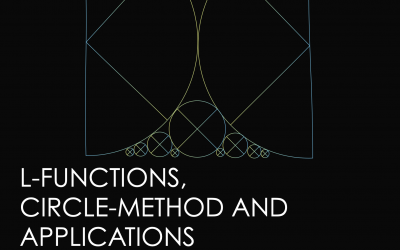The circle method originated in a paper of S. Ramanujan and G. H. Hardy on the partition function. This method has evolved with time and has seen many interesting applications. The classical applications of the circle method are to the Waring’s problem, to the ternary Gold-bach problem, and to count rational points on varieties. The modern applications of this method are to the subconvexity problem on various L-functions and to the shifted convolution problem. Also, the circle method is a powerful analytical tool to study correlations between two arithmetical functions and it is very flexible to use. The analytic study of L-functions is a central theme in analytic number theory, and it has many arithmetical consequences. The growth of L-functions (few classes of L-functions) can be understood by studying a correlation problem using the circle method. We hope that this method will continue to have many more interesting applications. The aim of this programme is to explore this method and look into its future.
Eligibility criteria: Any researcher working in the area of Analytic Number Theory.
ICTS is committed to building an environment that is inclusive, non-discriminatory and welcoming of diverse individuals. We especially encourage the participation of women and other under-represented groups.
 icts
icts res
res in
in

